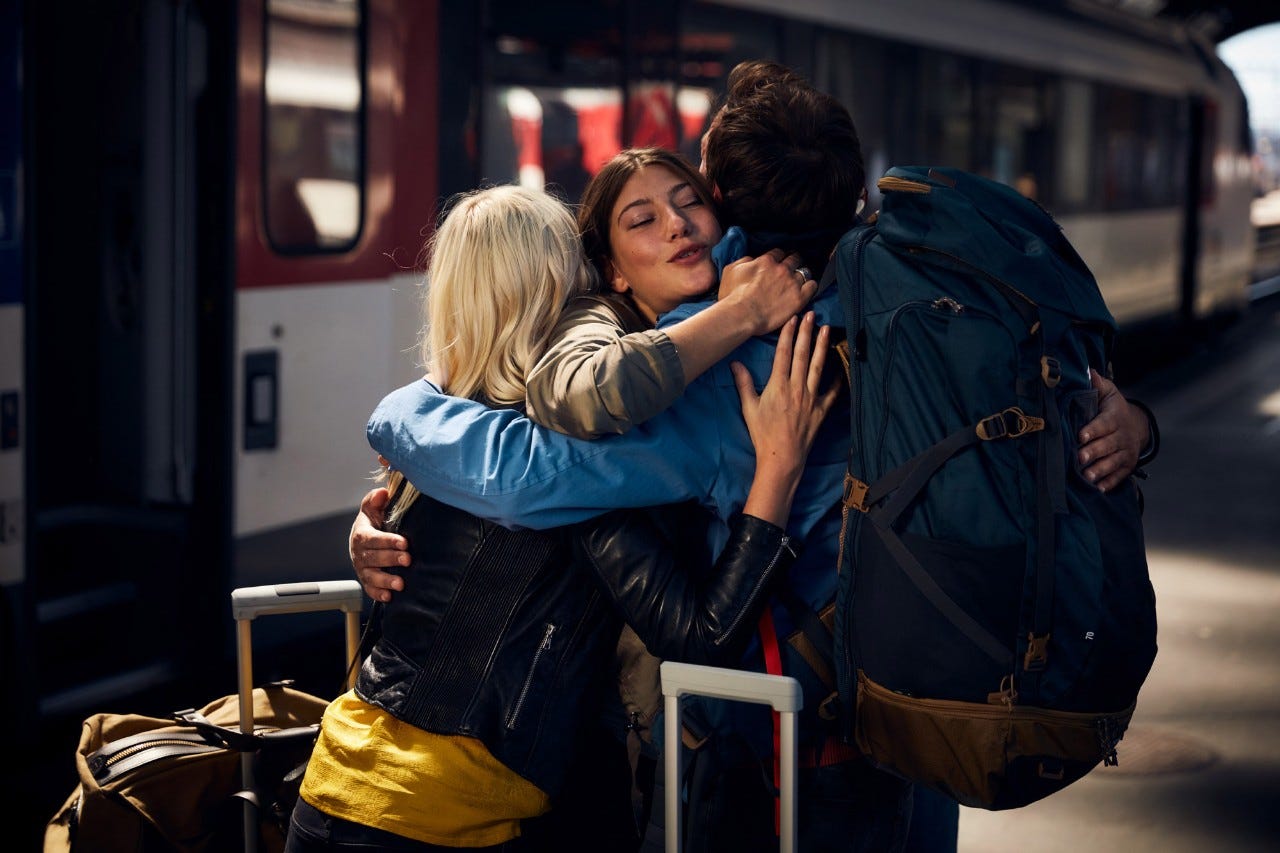Pack smarter, travel better
We’ve all been there: you either pack too much or the wrong thing! There’s a knack to packing. Tips on how to save space in your suitcase or rucksack.

Anticipation is also one of the best things about going on holiday. If only there wasn’t the packing! No matter whether you have a rucksack, hold-all or suitcase, the space is always limited. And when flying you have to make sure your luggage doesn’t exceed the maximum weight limit. Otherwise there is a risk of additional costs for excess baggage.
Tips for smart and space-saving packing
What to pack Lay everything out
- If you stuff all your things into your suitcase or rucksack at the very last minute, you’re sure to pack the wrong things or take too much. What do you plan to do on holiday and what do you really need? You can safely leave any “just in case” items at home. You won’t need them. And if you do, you’re sure to find them wherever you are.
- A packing list helps make sure you don’t forget anything.
- Make sure that all the clothes you choose can be combined, so you can have a different outfit each day despite packing light.
- Lay out everything you want to take on the floor. Look again the next day: still convinced you need everything you’ve put out? Usually you can cut about a third of what you originally planned to take.
Space-saving packing
- Use every bit of space. Pack small items like jewellery, cables, socks and underwear in shoes.
- Packing bags or cubes not only create space but also order: Pack clothes with the same purpose or of the same type – for example T-shirts or sportswear – in one bag or stuffsack. Pack sacks can be filled tightly and compressed.
- Special vacuum bags are also suitable for clothes that don’t crease. Or you can use freezer bags with a ziplock closure.
- Roll your clothes instead of folding them. This way they’ll take up less space and will usually end up less creased.
Cosmetics and first-aid kit: well-equipped despite limited space
- A well-equipped first-aid kit is essential for travelling. Take tablet blister packs out of the cardboard packaging and wrap the instructions around the blister pack with a rubber band. You can also take plasters out of the box and take only a small selection of different sizes with you. You only need a small bottle of disinfectant. And you’ll find bandages all over the world.
- Fill toiletries and cosmetics into small containers. Putting clingfilm between the container and lid prevents liquids from leaking.
- Solid soaps take up less space and are lighter than shower gel or shampoo in bottles. You can buy bars of shampoo in specialist shops. Soap boxes are useful for storing wet bars of soap.
- You’ll also find alternatives for deodorants: crystal deodorants are much smaller and lighter than liquid varieties.
- Also buy a small travel hairbrush. They comb your hair just as well as big brushes and save space.
Tips to prevent creased shirts and tangled jewellery
- For delicate and fine fabrics, place tissue paper between the garments. This prevents the clothes from rubbing against each other and creasing.
- If it’s too late: When you reach your destination, hang the clothes up in the bathroom. The steam will smooth out any creases.
- Loose chains tend to tie themselves in knots. To prevent this, pull the necklace or bracelet through a straw and close the catch.
- To keep earrings from getting lost, pop each pair through the holes of an old button.
- Disposable shower caps from the hotel are handy for covering dirty shoe soles.
What to pack in your travel first-aid kit
What you need to pack depends on your destination. Is it a city trip, a multi-day hike or a trek through remote areas without medical care? Ask your doctor for advice.
- Plasters and blister plasters
- Gauze bandage, elastic bandage, medical adhesive tape
- Disinfectant solution and antiseptic cream
- Mosquito repellent and an ointment or tincture for bites
- Medicine for fever and pain (paracetamol or ibuprofen)
- Lozenges to soothe a sore throat
- Antiallergic agent (antihistamine) against allergic reactions
- Anti-diarrheal agent
- Medicine for nausea
- Electrolyte solution after severe vomiting and diarrhoea
- Tweezers
- Contraceptives (condoms)
- Antibiotics*
- Malaria prophylaxis*
- Thermometer
*Only for specific destinations and on prescription.

